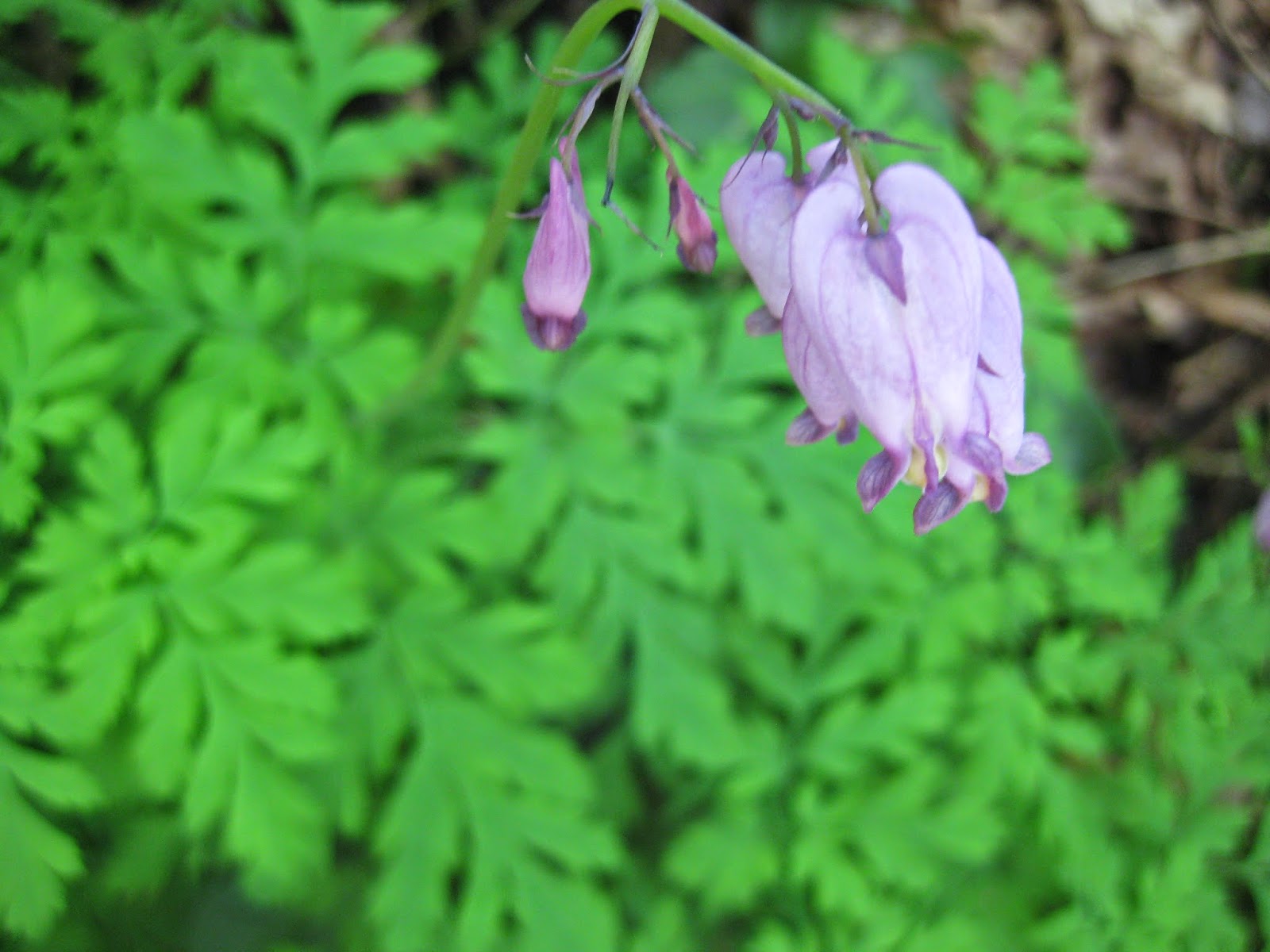Week 2
Ravenna Park
Tuesday April 15 2014
2:00-3:00
mild, partly sunny
Western Red Cedar
Eastern Gray Squirrel
Sword Fern unfurling
I've made it back to my central observation point after spending the morning strolling around identifying tree species. It's my birthday so the birds are singing for me, the sun is out for now and I am excited for some good weather sketching! This week there are noticeably more leaves overhead, the Big Leaf Maple, Acer macrophyllum mainly is beginning to block out the sky overhead. On the Salmonberry, Rubus spectabilis near the creek there are more flowers and underneath the leaves you can see the hard light green fruit beginning to develop. Also Lady Fern, Athyrium filix-fermina is more abundant especially near the water. I also noticed some new Sword Fern, Polystichum, munitum beginning to unfurl. The Skunk Cabbage, Lysichoton, americanumis is growing in abundance in muddy soil near the water and emitting its distinctive smell. I also managed to capture an Eastern gray squirrel on film just before it scampered up a Western Red Cedar, Thuja, plicata. I wish I could get a good look at some of the birds and match them with their songs, they make up a continuous soundtrack in this area.
For My Field Sketching I chose to focus on Salmonberry.
1. Memory Sketch
2. Contour/Continuous Line Sketch
3. Gesture Sketch
4. Diagrammatic Drawing
5. Pencil Line
6. Study Drawing
Other Sketches
Sword Fern
Thimbleberry
Pacific Crabapple
Lady Fern
I definitely had the most trouble with the memory sketches, I like to keep looking back at what I am drawing hopefully with practice I will hone my observation skill. I also haven't tried sketching a moving animal yet which I think will be challenging. I found it is important to keep focused on a single aspect of a species or else you will become overwhelmed with detail, all the leaves are so intricate! This weekend our class is going to the Olympic Peninsula, More on that to come!!
Rosy



































